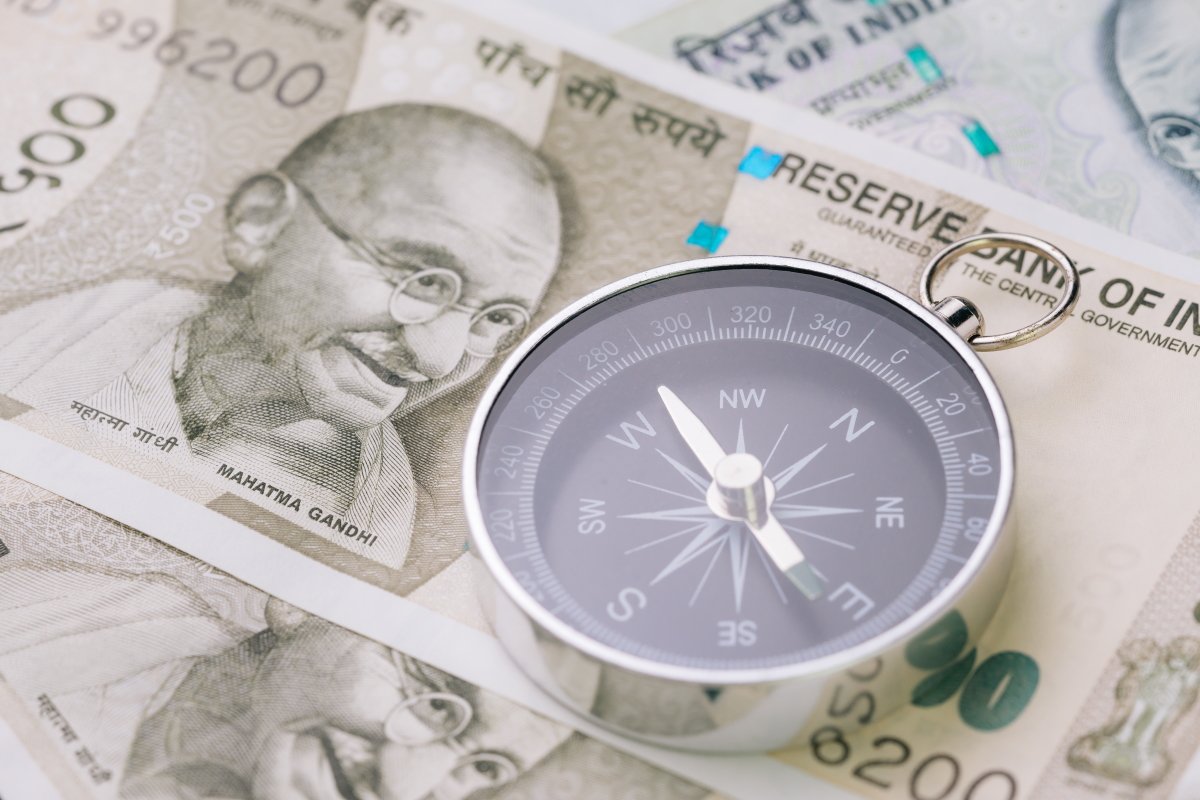The coronavirus outbreak couldn’t have come at a worse time for India. Just as there were signs that the world’s fifth largest economy was recovering after years of slumping growth rates and rising unemployment, growth is expected to fall below the 5 percent-mark again in 2020.
Moody’s Investor Services, the global credit rating agency, has downgraded its projected growth for India this year from 6.6% to 5.4% because the coronavirus, or Covid-19, pandemic will slow economic activity in the first quarter. Even before the virus outbreak began, Fitch, another ratings agency, lowered its projections from 5.1% to 4.9% for the financial year from March 2020 to March 2021.
This could fall by more, however, if the virus outbreak worsens. As of March 10, there are just 50 confirmed cases of infection in India, and no deaths. So far, the main impact of the outbreak has been on India’s supply chains and dwindling imports from China, a major problem for its automobile and electronics-manufacturing sectors.
India growth tanked over the last two years
After coming to power in 2014, Prime Minister Narendra Modi rode a wave of optimism as the economic surged, peaking in late 2017. The last quarter of that year saw the economy grow by 7.7%.
Caution should be advised, though. In 2015, India changed how it measured GDP growth, and the new metric meant that India’s growth from 2015 until 2017 was between 7%-8%, making the country the world’s fastest-growing major economy.
But even with this more generous measurement, India’s economy has tanked over the last two years, growing by just 4.7% in the last quarter of 2019, the lowest quarterly rate in six years.
An economic downturn has badly hit India’s poor. Unemployment rose to 7.7% in December, though could be considerably higher. The government refused to publish employment data ahead of last year’s general election, when some analysts reckoned it was at a 45-year high.
They have also been severely hit by a new value-added tax and by some cuts to public handouts in recent years. Retail inflation hit an almost six-year high in January.
Public credit is also slumping, especially from non-bank financial institutions like microfinance institutions, the main source of loans in rural areas. Credit offered by these financial institutions only rose by 7% last year, as opposed to 12.8% in 2018, Moody’s reported.
But it’s not only the poor suffering. New loans to industries are also at a low point. In 2018, corporate profits as a percentage of GDP fell to their lowest levels since the early 2000s.
In many cases, the causes of the downturn since 2018 were a longtime coming. For years, economists have warned about high levels of bad debt, both for the state and households, too many state subsidies, too much focus on exports, and lackluster reforms to the rural economy.
Democratic Descent
None of this has been helped by months of violent protests after Prime Minister Modi in December announced his controversial Citizenship Amendment Act. Many believe the Act seeks to strip citizenship from millions of Muslims as part of his Hindu-nationalist agenda.
Protests have only worsened since December and have swelled as more demonstrators have chimed in to object to the erosion of secularism and political openness, making them the largest protests witnessed in India in decades.
US President Donald Trump’s first visit to India, a two-day sojourn in late February, did little to quell anger over the economy and sectarian violence, especially after Modi lavishly signed deals to purchase $3 billion worth of advanced military equipment from the United States.
As Trump and Modi sat down in Delhi to sign a new “strategic partnership” between the US and India, in north-eastern parts of the capital sectarian riots left at least 34 dead after mobs attacked Muslim neighborhoods.
Back to India growth?
No-one expects India’s political turmoil to diminish in the coming years. Modi’s ruling coalition won 37% of the vote at last year’s general election, up roughly 6% from the previous ballot, and now has the mandate to carry out its nationalist agenda.
But India’s economy might be more solvable than the political crisis faced by the world’s so-called largest democracy. A downturn in new loans might be a corrective measure by financial institutions after years of credit-fuelled speculation. If China can now bounce back quickly as the worst of the coronavirus outbreak in the mainland now appears to be over, it will allow India’s manufacturers to return to normal output.
Much depends on how the Modi government responds. There are concerns that it reacts to the downturn through new protectionist mechanism, higher government investment and more subsidies, which will only delay long-term restructuring of the economy that is well needed.
While Moody’s has also downgraded its growth projections for India 2021, it is still 0.4 percentage points higher than for this year.










 Australia
Australia China
China India
India Indonesia
Indonesia Japan
Japan Malaysia
Malaysia Philippines
Philippines Singapore
Singapore South Korea
South Korea Taiwan
Taiwan Thailand
Thailand Vietnam
Vietnam
 Germany
Germany USA
USA Switzerland
Switzerland Singapore
Singapore
 United Kingdom
United Kingdom






